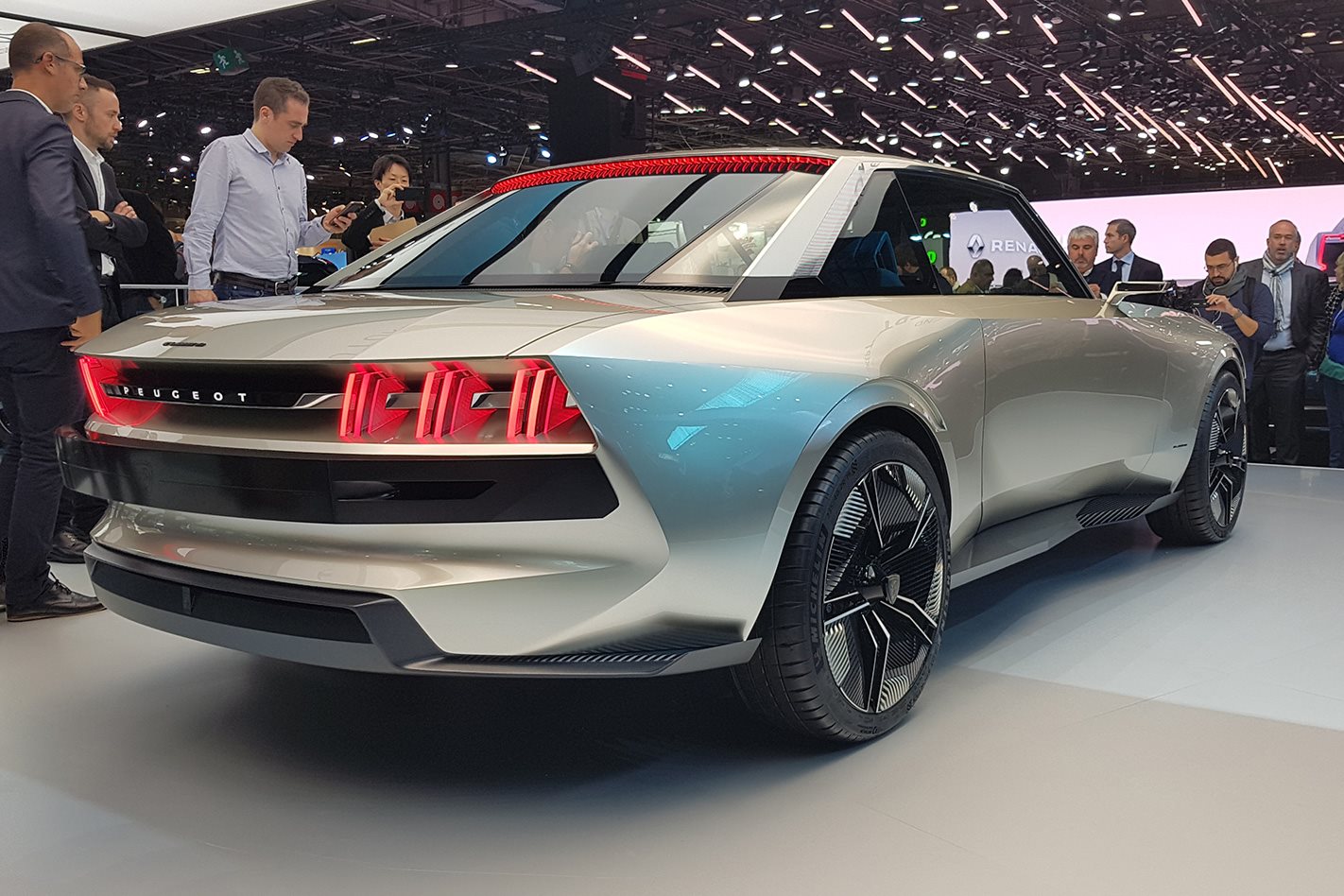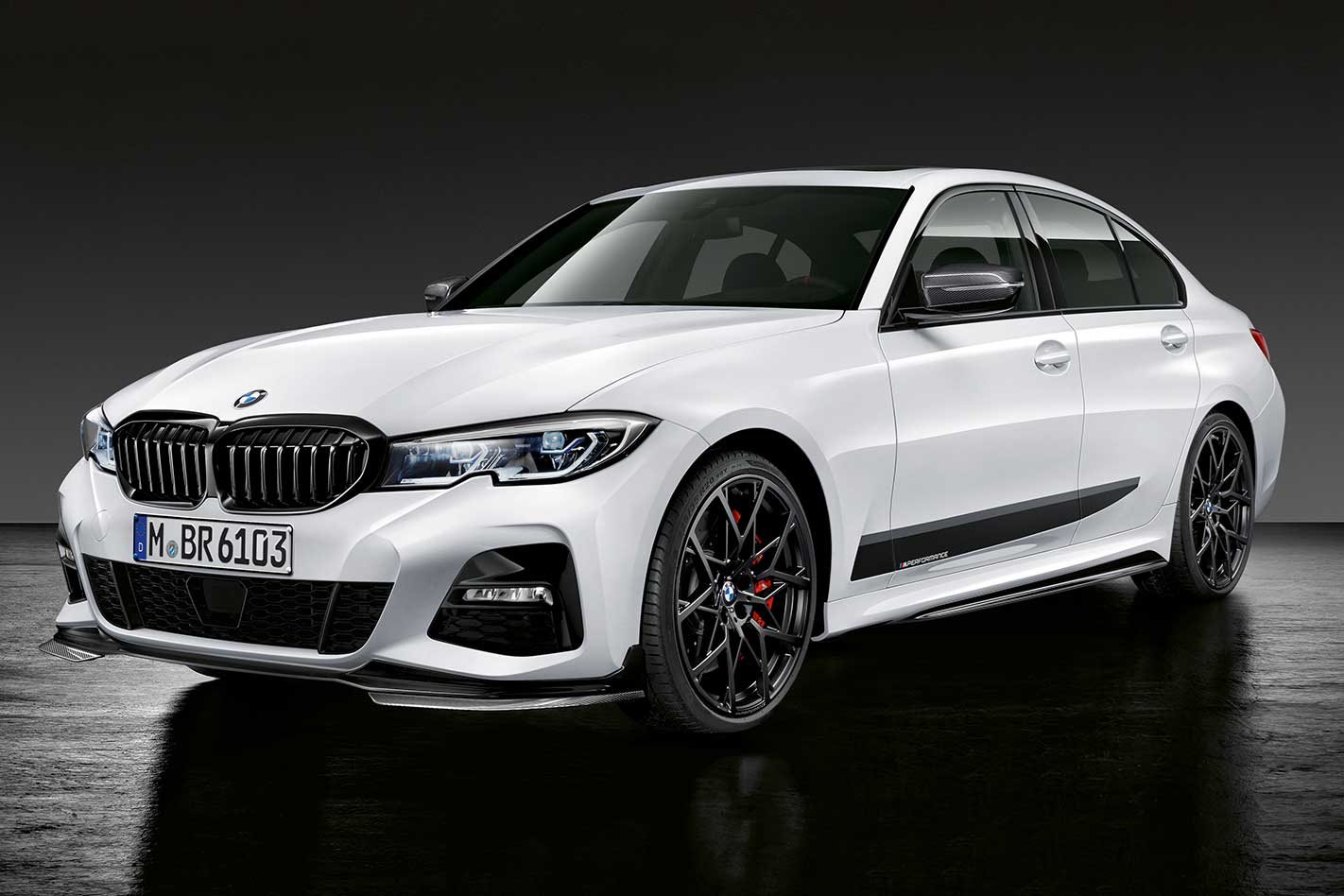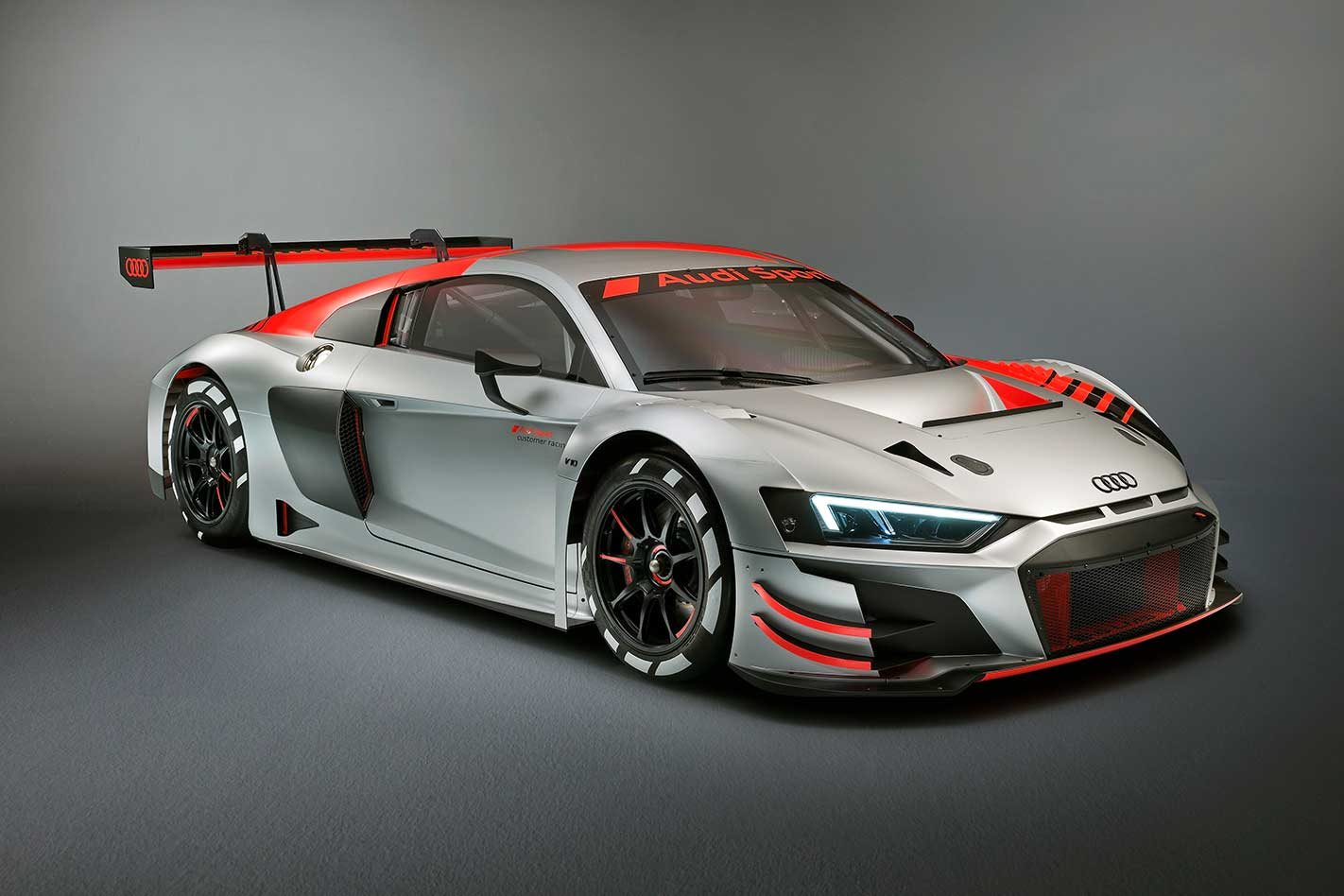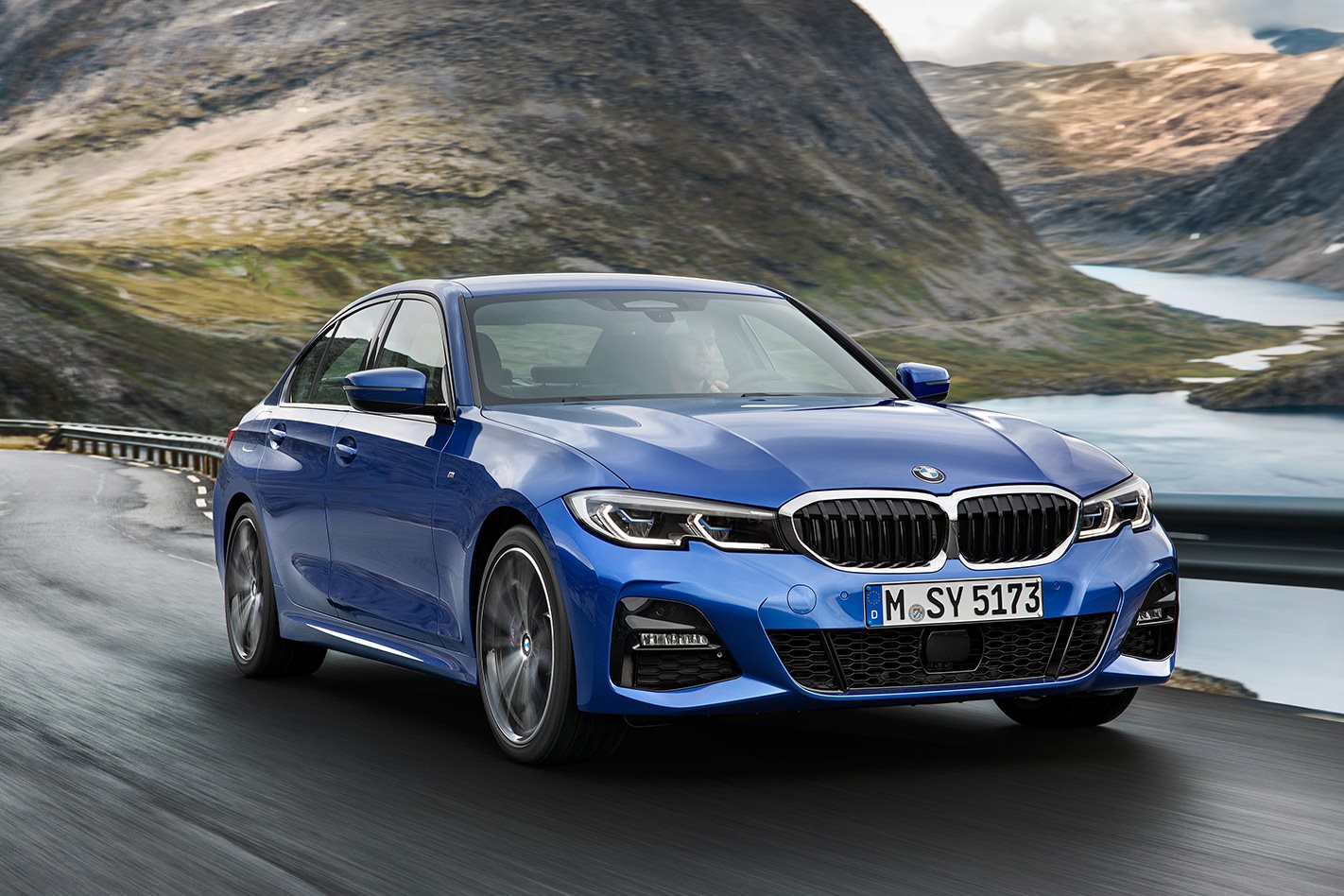
BMW has unveiled the seventh-generation of its 3 Series mid-size sedan at the 2018 Paris Motor Show, revealing a more overtly sporty sedan that closely follows the brand’s latest design language – but with nearly wholesale under-the-skin changes.
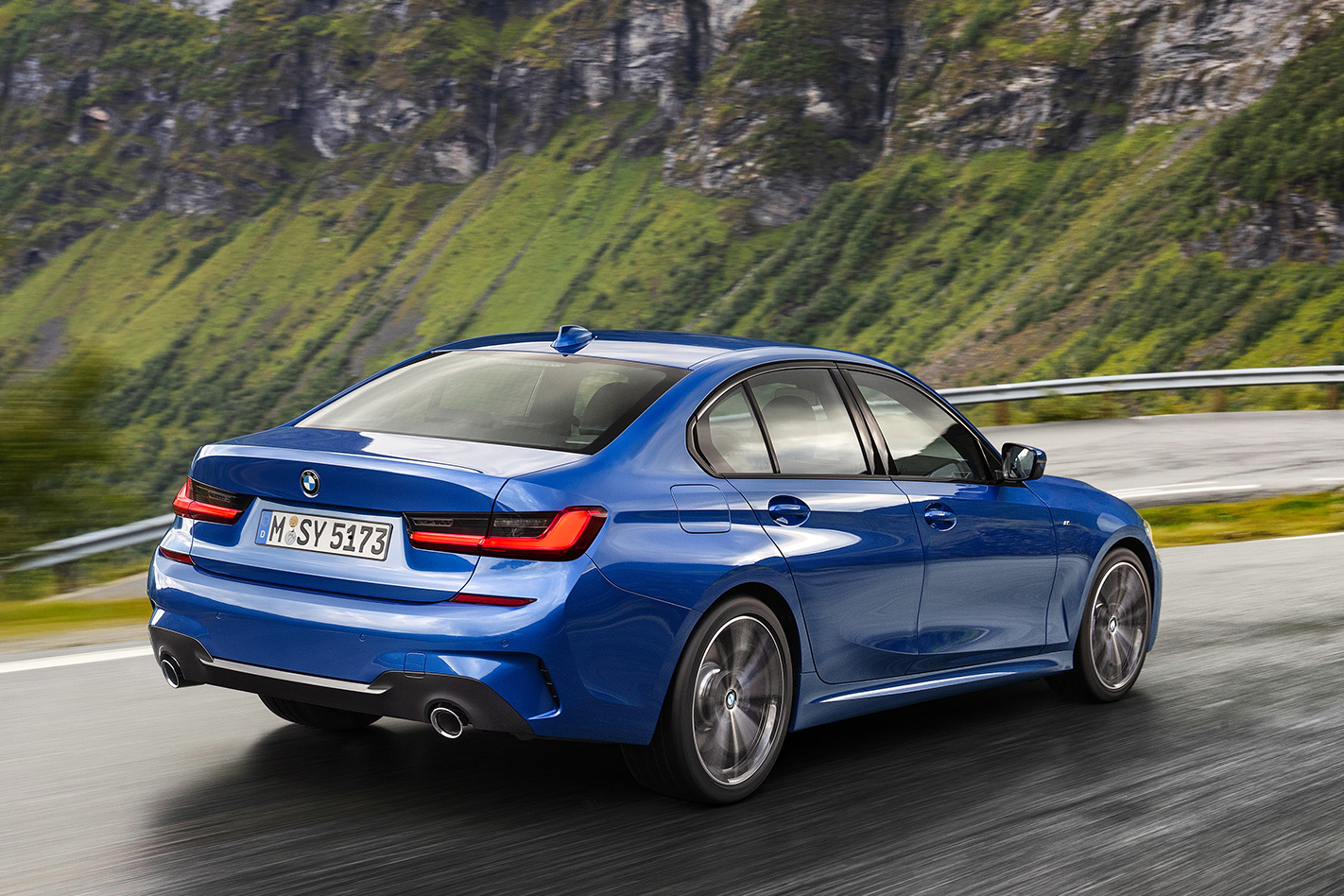
The design language is unmistakeably BMW, with styling elements like the Bavarian brand’s trademark ‘Hofmeister Kink’, double-kidney grille and quad-lamp headlight arrangement still very much prominent parts of the new-generation 3 Series’ looks.
However, a stronger focus on aerodynamic slipperiness sees the front bumper sport drag-reducing vents and an integrated bootlip spoiler at the opposite end.
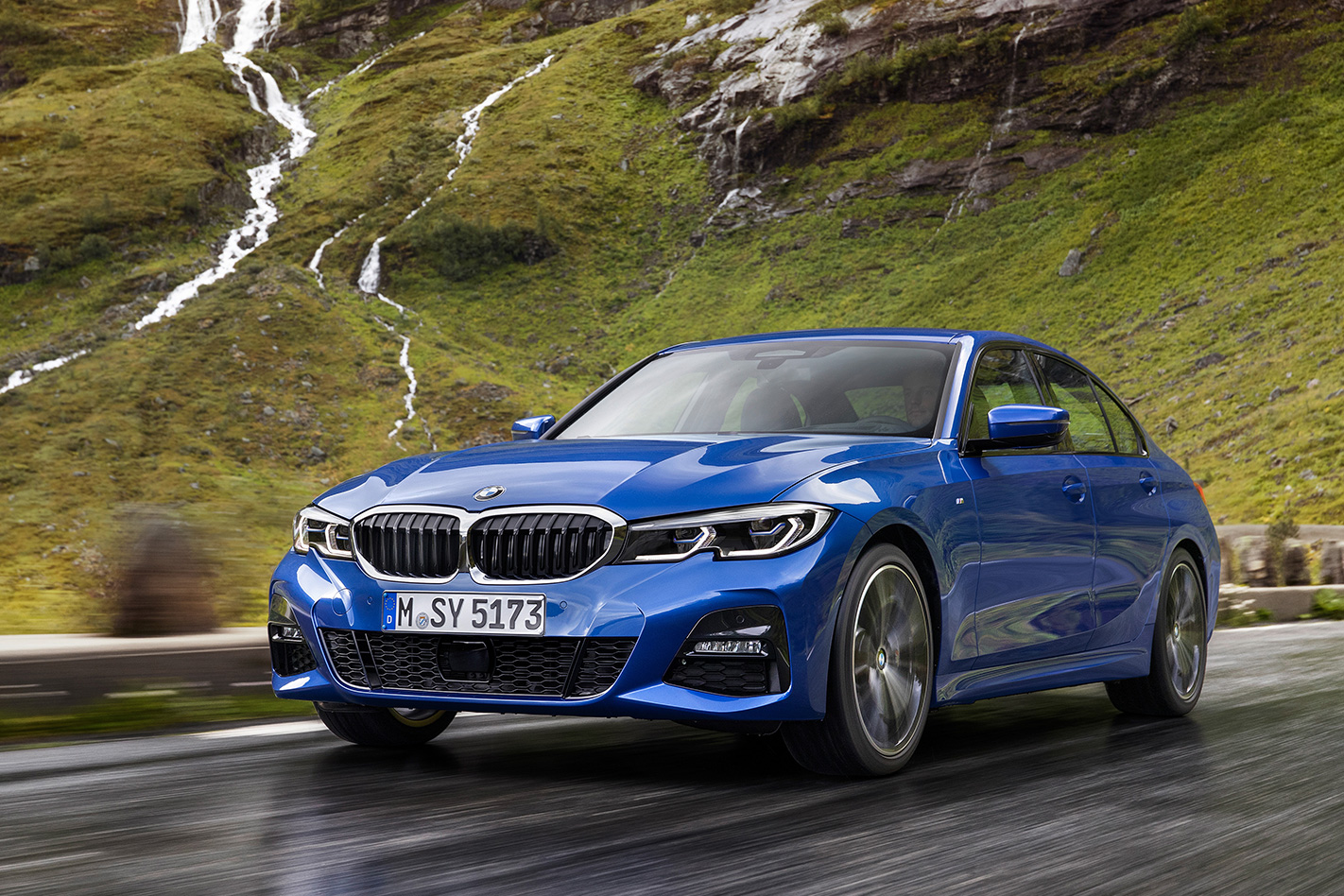
Critical dimensions have also changed – mostly to improve the car’s credentials as a driver’s car. Relative to the outgoing F30-generation model, the new 3 Series measures 8.5cm longer overall at 4.709 metres, with 1.6cm greater width. The wheelbase grows 4cm to 2.85 metres, while track width also increases by 4.3cm at the front, and 2.1cm at the rear – primarily to provide a wider ‘footprint’ on the road and thus greater grip.
In Europe four trim grades will be offered, ranging from base Advantage up through Sport Line, Luxury Line and then topping out at M Sport. If BMW’s present Australian range strategy is any indication, it’s unlikely the Advantage grade will be offered locally. Expect Australian-market details to be announced closer to the car’s arrival next year.
Interestingly, it appears the three-cylinder 318i base petrol powertrain has been culled from the range. Instead, the 2019 3 Series will launch with a 135kW/300Nm 2.0-litre four-cylinder petrol option in the 320i, with the base-model diesel option being the 318d with 110kW/320Nm from a 2.0-litre diesel four-pot.
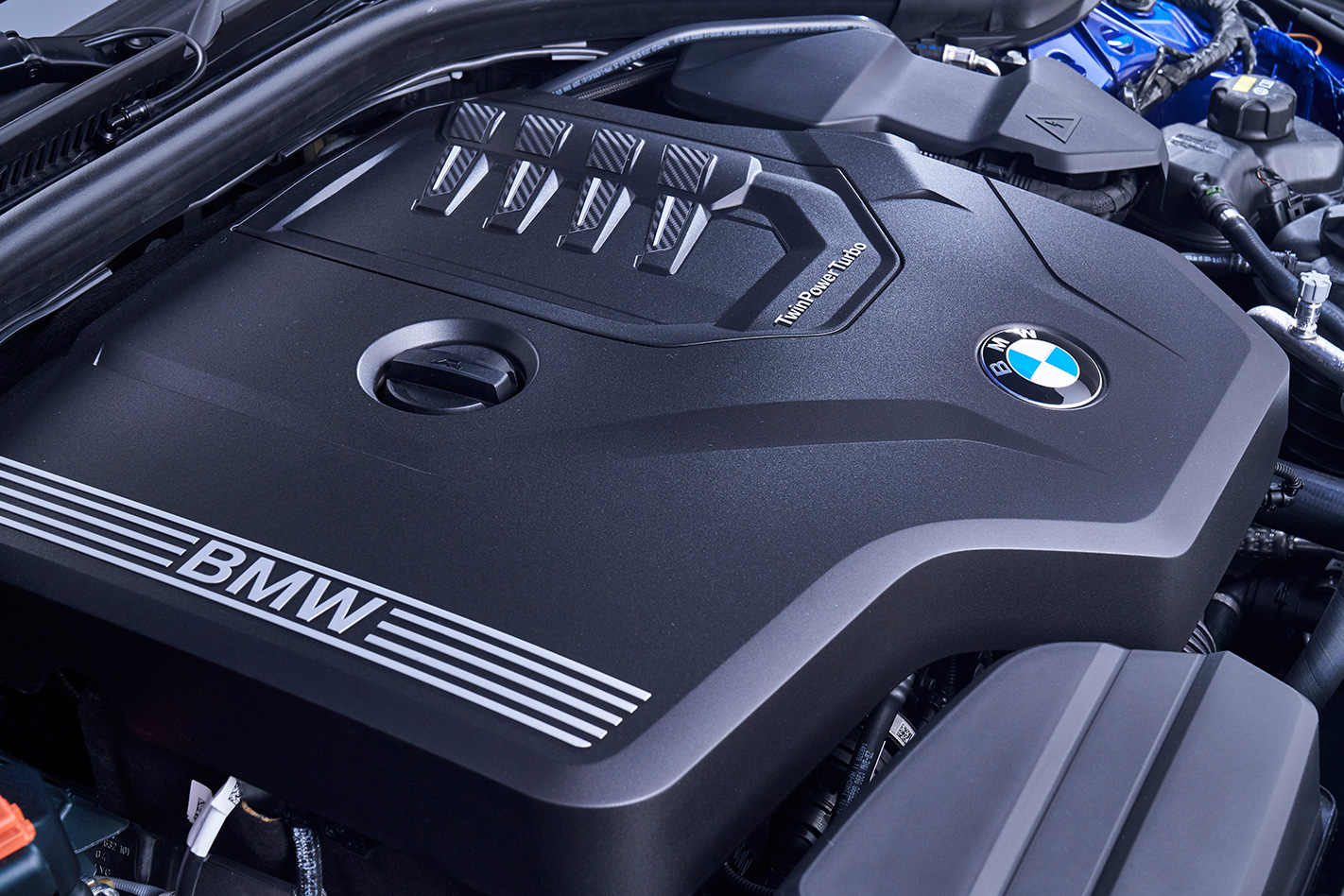
The latter is also the fuel economy star of the range at launch, sipping just 4.1L/100km of diesel in its most efficient, automatic-equipped form. Speaking of transmissions, the 318d and 320i will be the only models to be offered with a six-speed manual as standard in Europe – all other variants will be equipped with an eight-speed automatic by default.
They’ll be accompanied by the 140kW/400Nm 320d (which uses a higher-tune version of the 318d’s engine), the 330i with 190kW and 400Nm (which, like its diesel counterpart, uses a more powerful version of the 320i’s four-cylinder) and the six-cylinder diesel 330d, which generates a sizable 195kW and 580Nm.
Midway through 2019, the range will be bolstered by the arrival of the 330e plug-in hybrid, which will boast around 60 kilometres of electric-only range (an increase of roughly 33 percent compared to the current-gen 330e) and wear a claimed fuel economy figure of a mere 1.7L/100km. It won’t be ‘all about eco’ though, thanks to a mode that allows the electric motor to send 30kW of power to the wheels in order to launch the 330e to 100km/h in six-seconds flat.
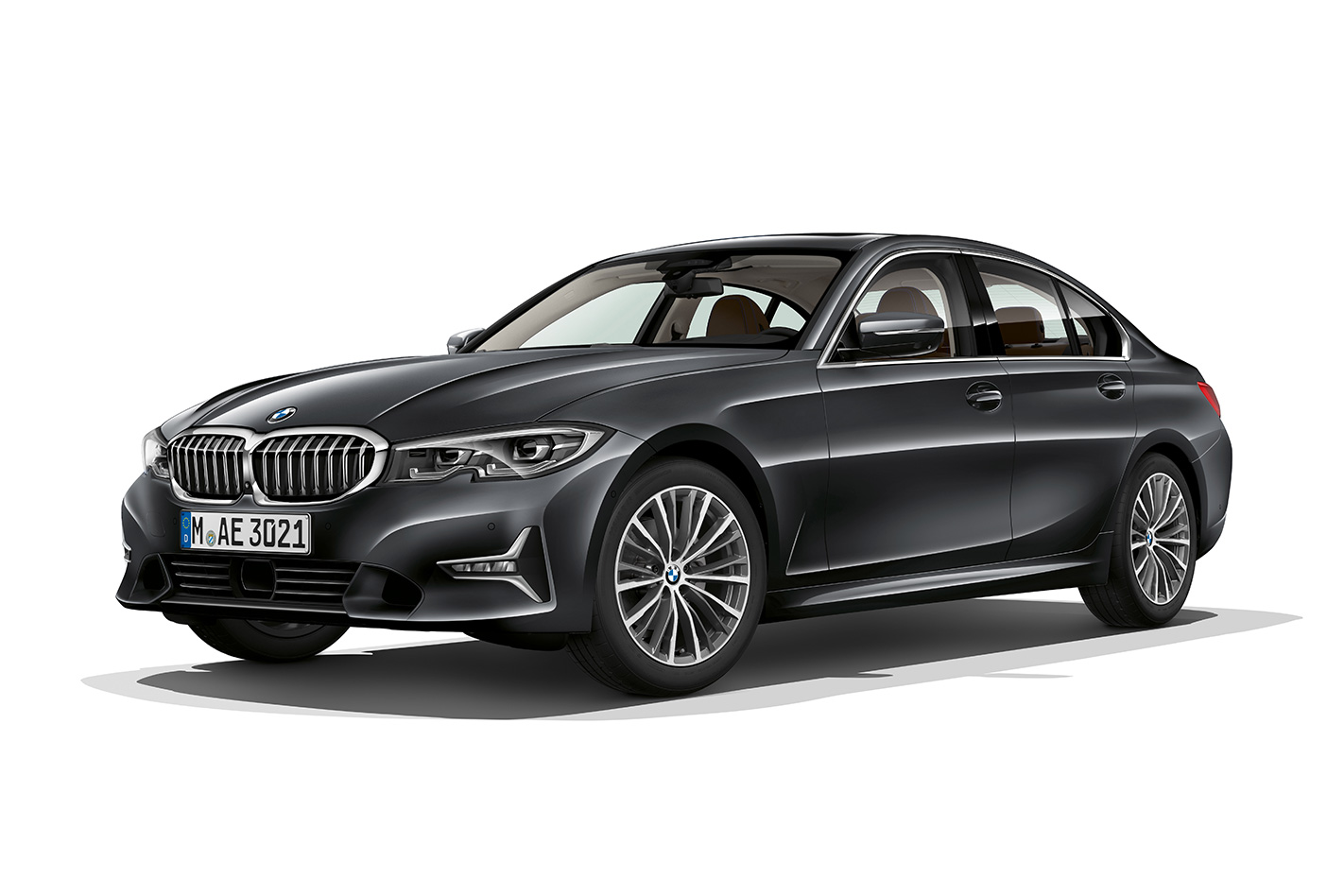
That’s hot-hatch speed in a midsize hybrid luxury sedan, but it’s far from the fastest in the family. The 330i, for example, will do the same sprint in 5.8 seconds while the 330d’s six-cylinder grunt will trim a further 0.3 seconds off that number – however all will be eclipsed by the M340i xDrive that’s due to arrive around the same time as the 330e.
The sole six-cylinder petrol option in the range, the M340i will hit 100km/h in just 4.4 seconds courtesy of a 275kW peak power output and 500Nm of torque. All-wheel drive will be standard, as will an agility-enhancing M Sport rear differential and quick-shifting eight-speed automatic gearbox.
The handling of all models will benefit from the new 3 Series’ all-new underpinnings and bodyshell, which BMW claims is up to 25 percent more rigid than the car it replaces. That not only makes for a safer car, but also one that enables the suspension to work better. BMW says it also delivers improvements in ride comfort.
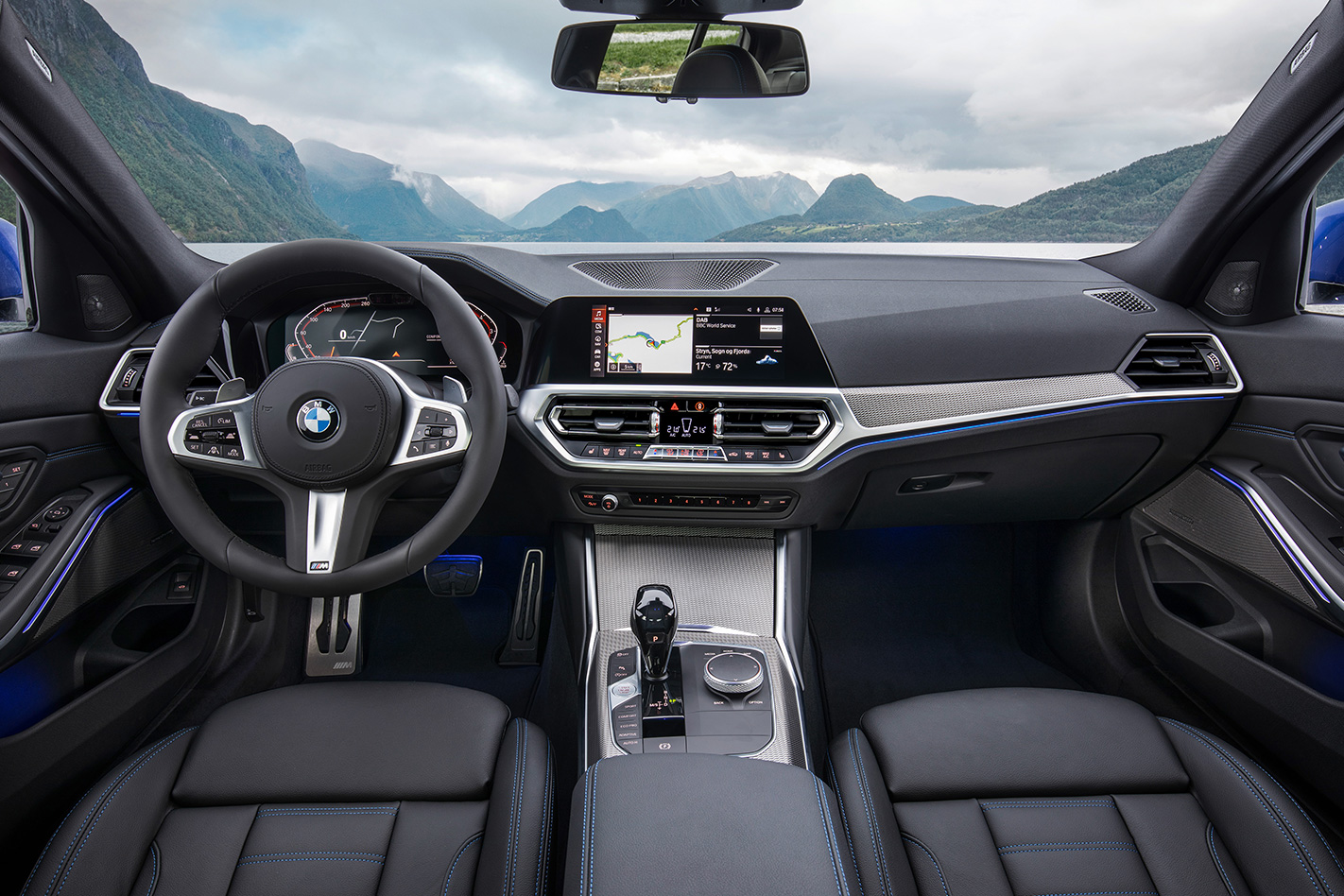
It’s also slightly lighter than before. The bare bodyshell weighs 20kg less, while overall weight of a complete car can be as much as 55kg lighter depending on variant.
BMW will also dial up the in-car tech as well. The centrepiece will continue to be the company’s iDrive infotainment suite, which will feature an 8.8-inch colour touchscreen as standard that will make way in higher-specced models for a 10.25-inch display (which will also be paired with a 12.3-inch all-electronic instrument panel). BMW’s familiar iDrive controller returns, but is augmented by improved voice recognition that allows the driver – or passengers – to converse using natural speech rather than recite pre-set command phrases.

Other mod-cons include three-zone climate control and a longer glass sunroof panel, giving those in the back seat a slightly higher quality of life.
An Australian debut is slated for sometime late in the first quarter of next year. Expect local pricing and specifications to be announced closer to that date.

